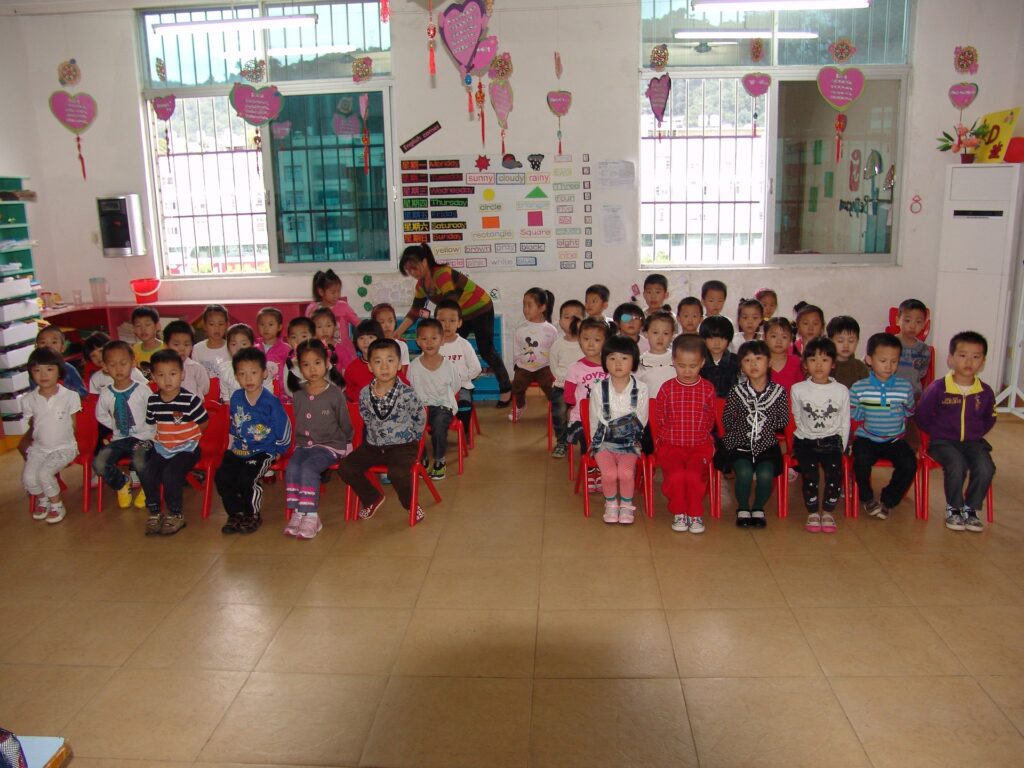Interactions with people from different backgrounds, cultures, and orientations have become unavoidable in today’s world. The world is now more connected than ever, and inclusivity has been a major topic and goal for various governments and organizations worldwide.
Inclusion matters as it can help to prevent many misunderstandings, stereotypes, and strife plaguing the world today and help build better understandings among the various people of the world.
For young children, introducing them to the ideas of inclusion should start at the early stage of their lives, such as the preschool stage and later on the kindergarten stage. Doing this will surely have a long-lasting effect on them on how they view people from other backgrounds and different values and orientations.
Here are some of the benefits of a diverse kindergarten classroom.
It can improve their critical thinking
By being exposed to different backgrounds and worldviews from theirs at such an early stage, the kid would most likely have a much better understanding and opinions of other people’s beliefs and viewpoints.
This understanding can go a long way in shaping relationships with people from other backgrounds.
It can also allow them to think about their own beliefs and examine them relative to other people’s beliefs.
It prepares children for adulthood
As children grow older and enter the adulthood stage, they will be presented with harsher realities. These realities are way more difficult than they ever expected, especially regarding their interactions and relationship with people from different backgrounds and cultures. For children who are already used to having people from other backgrounds with them, this may not be a problem. Still, many other children not exposed to diversity and inclusion at their early stages will likely have great difficulties adjusting and building relationships with people from different backgrounds.
It helps to build friendships and wider connections
Children in diverse and multiethnic classrooms will get the opportunity to make friends with people from different homes and cultural backgrounds. This friendship, if utilized well, could lead to a wider collection of friends, connections, and relationships that may not be possible in a non-diverse and non-inclusive school and classroom. Children who went to mixed or diverse schools will have no problems making friends with people different from them than their counterparts who did not.
It can provide better opportunities for learning
Children with various abilities and skills will learn faster and better when paired with other children—their motivation and desire to learn increase when they see their peers and friends with them. A diverse kindergarten classroom will also bring about a fun element to learning; children like a little bit of fun here and there, even in the classroom, and a classroom sprawling with children from various backgrounds, ethnicity, and orientations can provide such a desired fun and calm environment for the kids.
In conclusion
The benefits of introducing a child to diversity and inclusion cannot be over-emphasized, as they outweigh any disadvantages some people say can come with it. It prepares a child for future interactions with millions of other people and helps builds long-lasting relationships and friendships. Academically, a diverse and inclusive classroom is also advantageous to kids, as it can help to stimulate their interest in learning.





